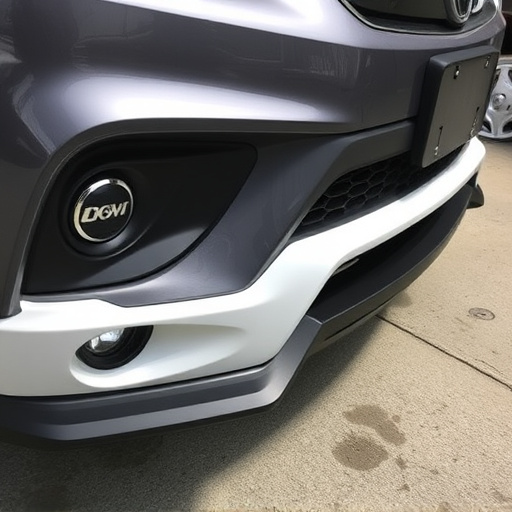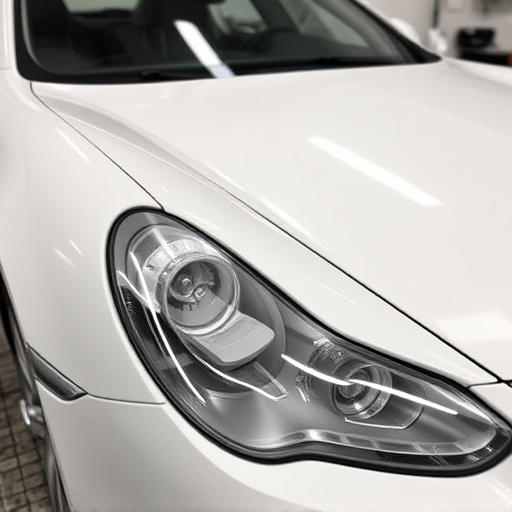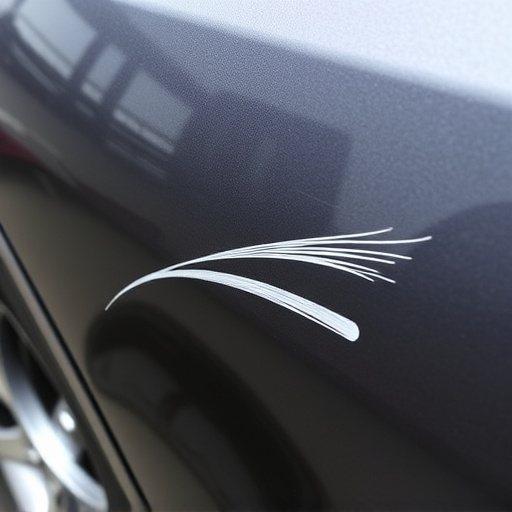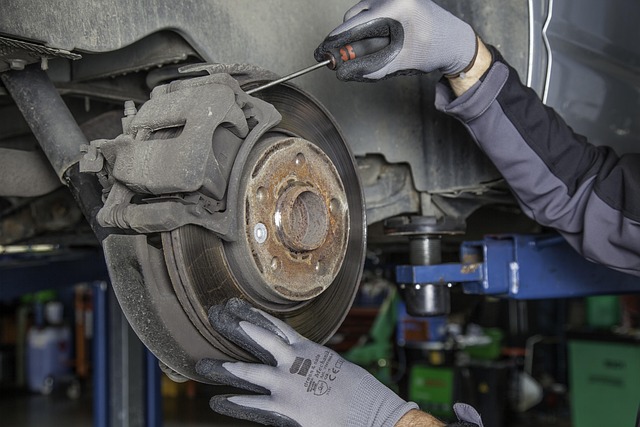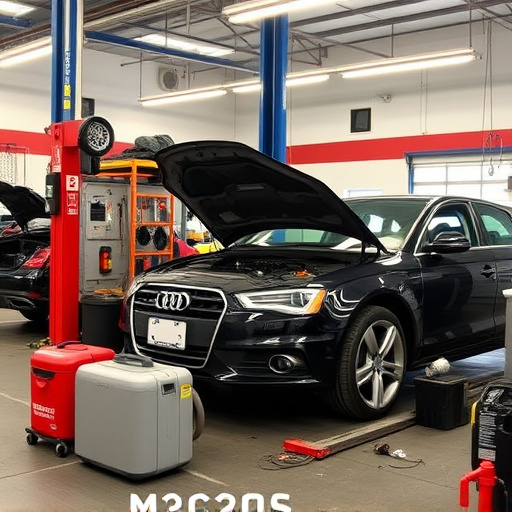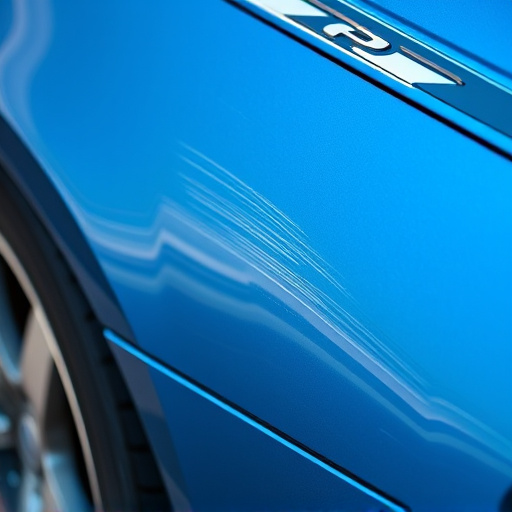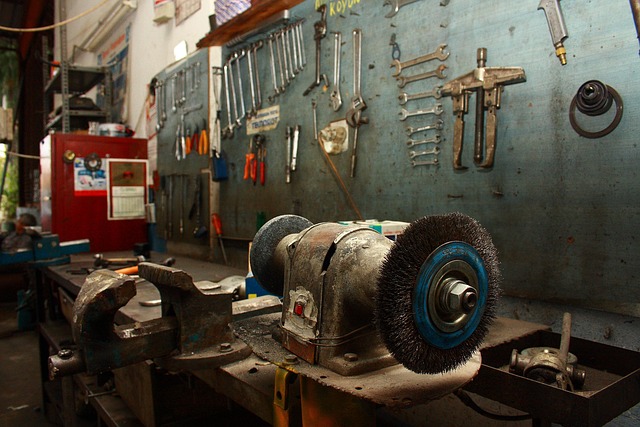Electric vehicles (EVs) revolutionize transportation with lightweight materials, but their intricate construction poses challenges in structural integrity restoration after damage. Skilled technicians use CAD, 3D scanning, and specialized tools to assess and repair visible and hidden damage while adhering to original manufacturer standards. The process involves thorough inspection, precise frame straightening, and controlled paint coating for both aesthetic and protective purposes. Effective structural integrity restoration enhances EV longevity, reduces waste, and contributes to a circular economy, fostering environmental sustainability in electric mobility.
In the rapidly evolving electric vehicle (EV) industry, maintaining structural integrity is paramount. This article explores the critical aspect of structural integrity restoration for EV frames, delving into the intricacies of both understanding and executing this process effectively. We dissect the comprehensive journey from damage assessment to precise repairs, highlighting key techniques and benefits. Moreover, we glance into the future, examining promising trends and advancements in EV frame restoration that promise enhanced durability and cost-efficiency.
- Understanding Structural Integrity in Electric Vehicles
- The Process of Structural Integrity Restoration
- Benefits and Future Prospects for EV Frame Restoration
Understanding Structural Integrity in Electric Vehicles

Electric vehicles (EVs) are revolutionizing transportation, but their unique construction poses specific challenges when it comes to structural integrity restoration after damage. Unlike conventional cars, EVs often feature lightweight materials like aluminum and advanced composites to enhance efficiency and range. This means that when an EV experiences a collision or accident, the impact can cause intricate deformities that require precise expertise for safe and effective repair.
Structural integrity is paramount in ensuring the safety and performance of EVs post-restoration. In the event of a collision, it’s crucial to meticulously assess and address not just visible damage but also potential hidden issues within the vehicle body. This involves skilled technicians employing advanced techniques like computer-aided design (CAD) and 3D scanning to measure and analyze the frame’s integrity. Effective structural integrity restoration for EVs means carefully planning and executing repairs, including dent removal and precise alignment, to match the original manufacturer standards while leveraging specialized tools and knowledge in collision repair shops.
The Process of Structural Integrity Restoration
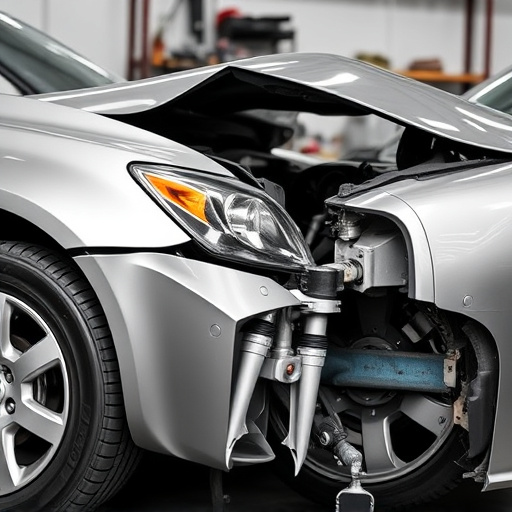
The process of Structural Integrity Restoration for electric vehicle frames is a meticulous art that requires advanced techniques and skilled technicians. It begins with a thorough inspection to identify any damage or deformities in the frame, which often occurs due to accidents, corrosion, or manufacturing defects. Using specialized tools, such as 3D scanning technology and laser alignment systems, professionals accurately assess the frame’s original structure.
Once identified, damaged components are carefully replaced or repaired, focusing on maintaining the vehicle’s structural integrity. Frame straightening is a critical step, where metal deformation is corrected to ensure proper alignment. This involves sophisticated equipment that applies precise forces to realign the frame. Following this, a meticulous paint and coating process is undertaken in a controlled environment at a car repair shop or car body shop to restore not just the aesthetics but also the protective layer against environmental factors.
Benefits and Future Prospects for EV Frame Restoration

Restoring structural integrity for electric vehicle (EV) frames offers numerous advantages that contribute to both the longevity and safety of these vehicles. In an industry focused on sustainability, EV frame restoration provides a unique opportunity to reduce waste by extending the lifespan of existing materials. This process not only minimizes the demand for new production but also significantly cuts down on automotive repair costs for consumers and collision repair centers alike.
Looking ahead, advancements in structural integrity restoration techniques hold immense potential for the future of electric mobility. As the market continues to grow, so does the need for efficient and cost-effective frame repair solutions. With ongoing research and development, we can expect to see innovative technologies that enhance precision, speed, and durability in auto repair services catering specifically to EV frames. This, in turn, will encourage a circular economy within the automotive sector, where damaged components are meticulously restored, ensuring optimal performance and safety without compromising environmental sustainability.
Structural integrity restoration plays a vital role in ensuring the safety and longevity of electric vehicle (EV) frames. By employing advanced techniques and materials, this process revitalizes damaged structures, enhancing overall performance and reducing the environmental impact of discarding faulty components. As EV technology continues to evolve, efficient structural integrity restoration methods will be key in supporting the growing demand for these vehicles while minimizing waste.


